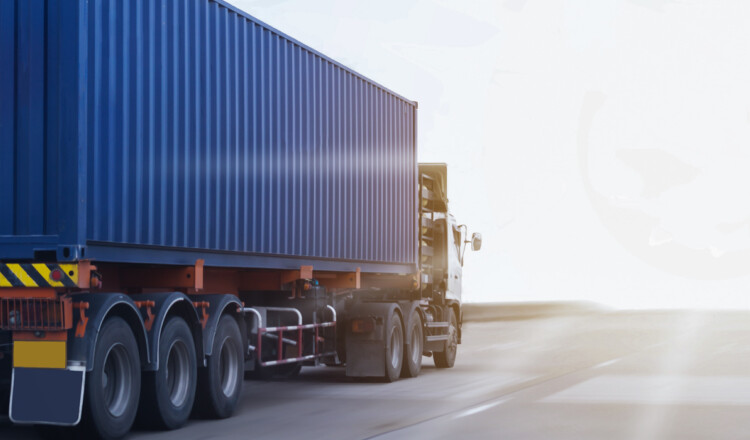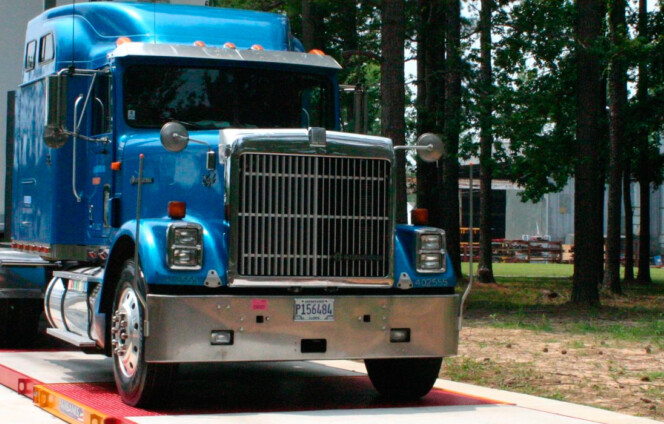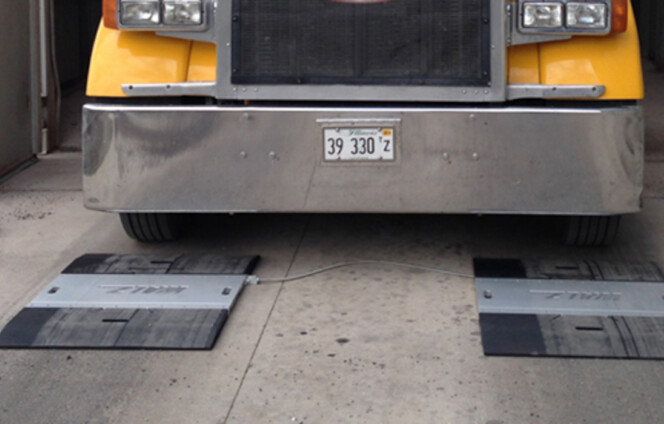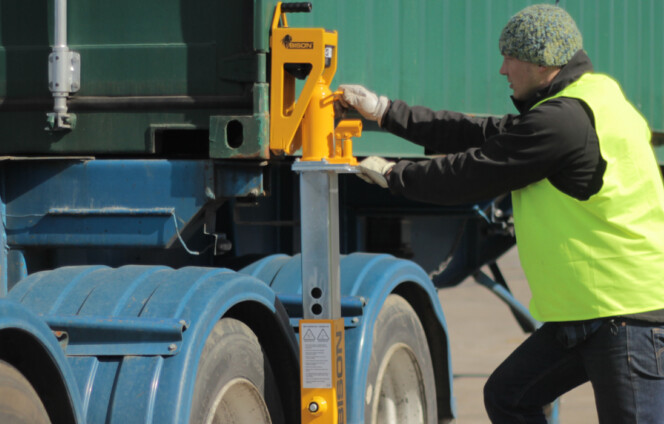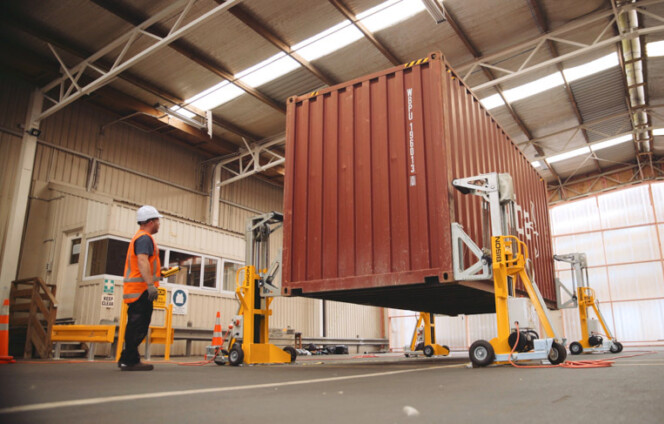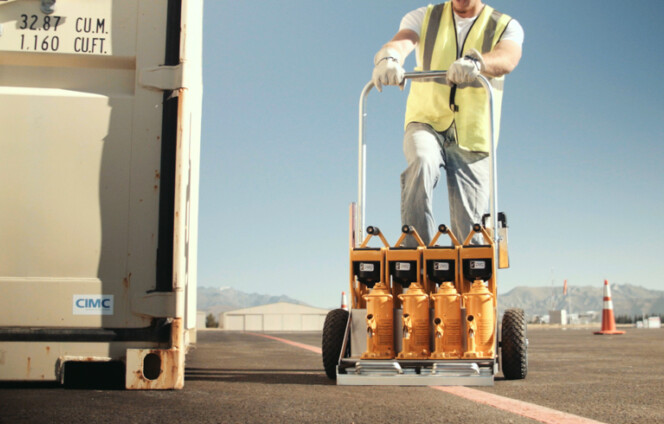#3 Weighbridge
The weighbridge is the most common way of weighing containers on a chassis, but popular does not mean best.
A weighbridge is a large platform scale, typically mounted onto a concrete foundation and is large enough to weigh an entire road vehicle and its contents.
It may be situated on the shipper's site, or the trucking company might run the container over an off-site weighbridge that is en-route to a terminal. Installing a weighbridge on-site is expensive. They also take up a lot of space. On the plus side, weighing en-route to the terminal can stack up well financially although this largely depends on the volume of containers you're weighing and the cost per weigh.
In terms of the accuracy, a weighbridge is high at around 0.2% to 0.5%. If you are using the weighbridge for SOLAS VGMs or to support trading of cargo by weight, you should make sure the weighbridge is certified legal-for-trade. Despite their accuracy, weighbridges are not ideal if you want to weigh 2 x 20' containers on a chassis, or if you want to confirm the container's load distribution.
Weighing containers with a weighbridge can also be very quick, assuming there are no queues and the container, truck and chassis can all be weighed in one process. In some regions, it is necessary to weigh in the truck empty (to get an accurate tare weight), and then weigh out with the truck, trailer and container. Removing the container for this purpose can seriously slow down the container weighing operation and add to the cost per weigh.
If the weighbridge is off-site, your container shipment may experience delays due to travelling distances to and from the weighbridge, queues, and congestion on arrival. These delays and distances can add costs if you are check weighing on a weighbridge, i.e. from having to return back to the shipper's yard if the container is found to be over or under a target weight.
All up, weighbridges can be a good solution for weighing a container on a chassis. However, shippers should not ignore alternatives that might be faster, more accurate, more economic or allow weighing to take place in a better location in the logistics process.
Transswift Container Weighbridge
